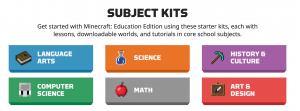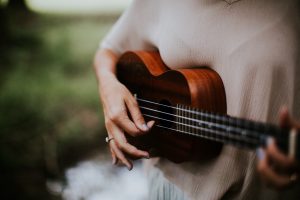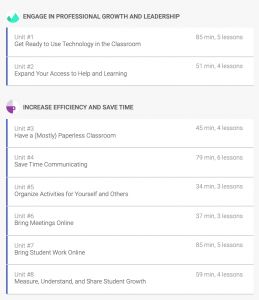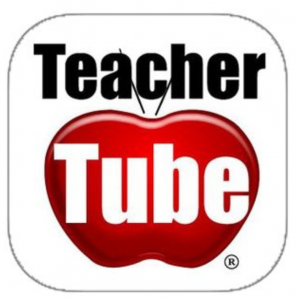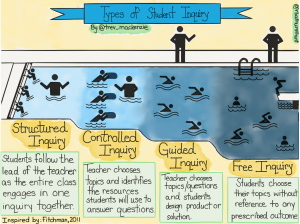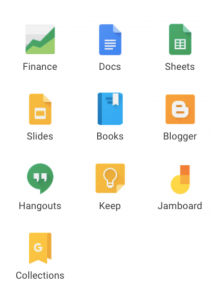Happy Tuesday! Thanks for tuning in to another exciting ASL blogpost. Over the past 2 months, I have shared a variety of reasons as to why you should use ASL in the classroom. We have learned the value of having non-verbal communication and how to support both deaf and hearing students. This idea led me to wonder when is it appropriate to integrate ASL in the classroom, and when should it no be used.
As a society, we understand the importance of utilizing verbal communication skills in order for students to formulate conversations and relationships with their peers. That said, you cannot solely rely on ASL as a form of communication. As a teacher, you have the choice of when you should teach sign language to your students. I have decided to brainstorm a list of occasions of when to use ASL and a few example words for each one.
- Greetings → Hello, welcome, goodbye
- You can greet students at the beginning and end of the day with these.
- Questions → Who, what, where, when, why
- When asking students questions, demonstrate the sign to reaffirm their understanding.
- Colours → Blue, Green, Purple, Yellow
- Can be used in art classes and learning about
- Appreciation → thank you, clapping, cheers
Using sign language in a hearing classroom has many benefits, but one thing I noticed through my research was that there were no negatives towards using it. We often do not think of the negatives around teaching tools but its something to consider in more depth. There are no set guidelines as to when to use or not use sign language, but ultimately, you can choose what works best for your classroom.
– Ms. G 🙂

